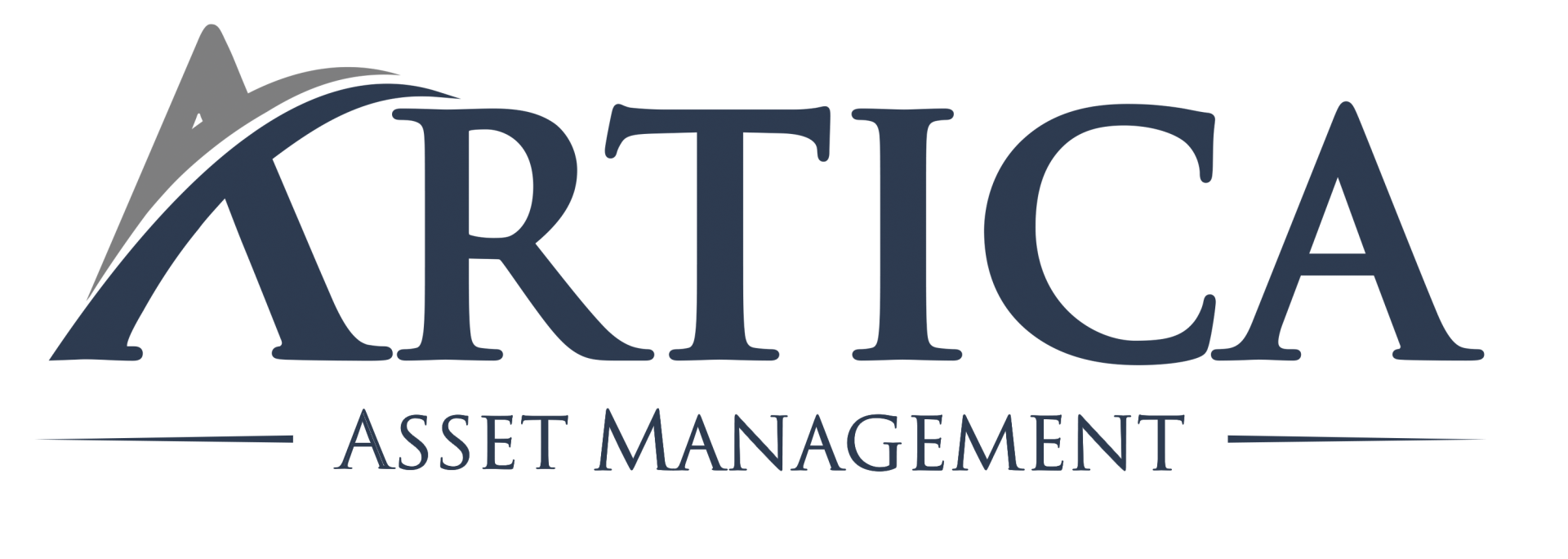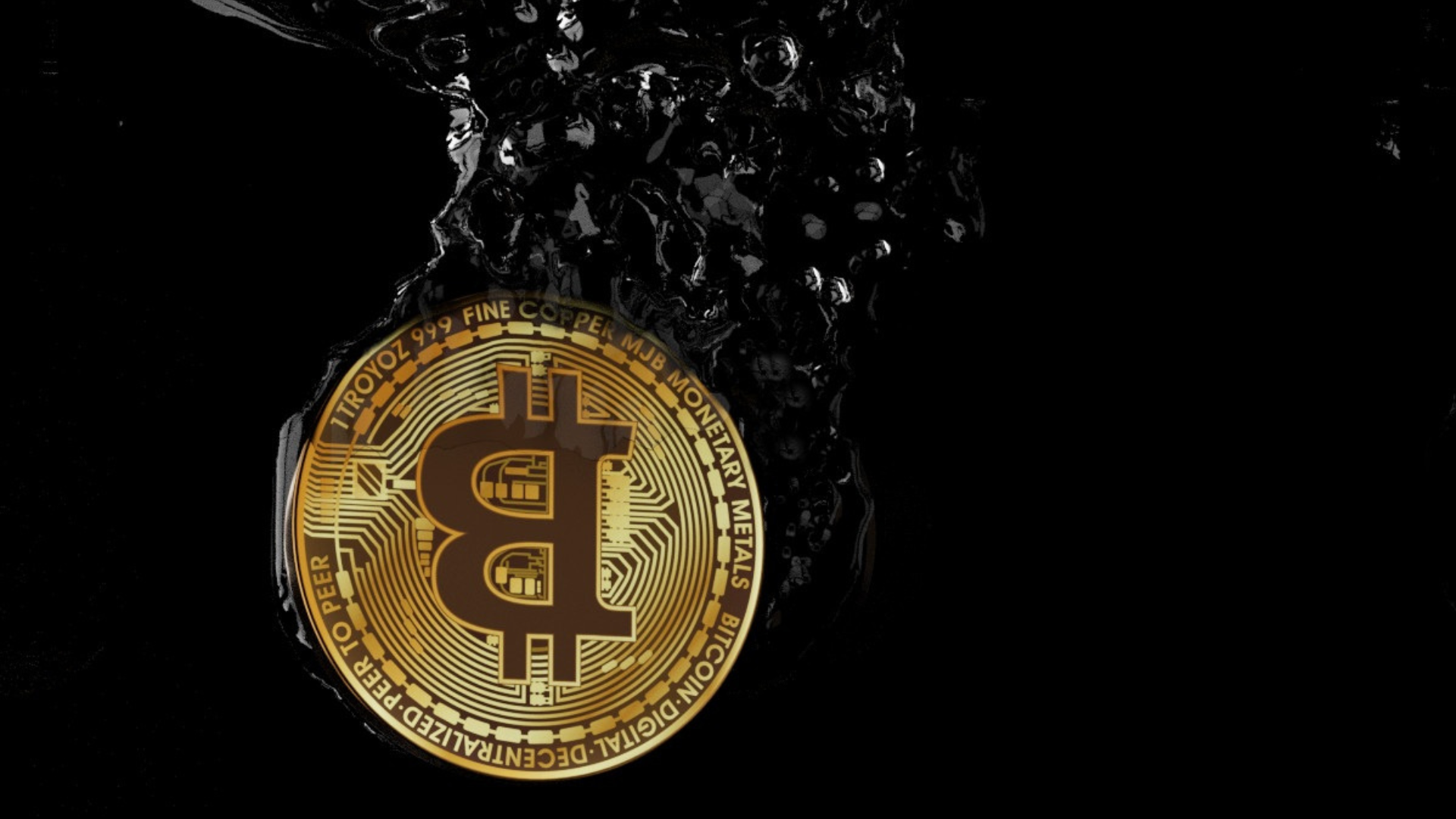Dear investors,
Bitcoin reached its peak price in November 2021, around USD 68 thousand. From the peak to the 30th of June, its price dropped around 70%.
We have always avoided any investment in cryptocurrencies, but the subject has become so present in the financial market that, almost involuntarily, we have followed the unfolding of bitcoin's history over the course of several years. We imagine that you've also followed this story to some extent, so let's use it as a backdrop to expose some fundamental concepts of our investment philosophy.
What defines economic value
Abstractly, the value of a good is how much a person thinks there is a benefit in owning it. In a practical way, it is the price that person is willing to pay for it in currency. Note that the subjectivity of this definition is part of our economic reality: the value of things varies over time and depending on the circumstances in which the purchase and sale takes place. However, this subjectivity is not the same for all goods.
Some values are much easier to understand and predict than others. You certainly have a good idea of how much your car is worth. If you decide to sell it, the price range you can get on the market is not very wide. This scenario completely changes if you have a frame. You can get, in the same month and for the same board, completely different proposals. Or finding out that only you like him and not getting any proposals.
A first implication is that, if one day your neighbor decides to move across the country in a hurry and put everything up for sale, it is much easier for you to define what price it is worth buying his car than the price it is worth paying for it. your paintings if you intend to resell what you buy.
Some factors make the price of the car more stable and predictable: there is a production cost that serves as a lower limit for the value of the car, its usefulness as a means of transport is quite objective and perceived in a similar way by different people, and there are several substitutes ( other means of transport) with which you could compare your car to estimate a price on a relative basis.
None of these factors are present in bitcoin: the cost of production is practically zero (what has some cost is the processing of transactions, but even so, it is quite low), there is no objective utility that is agreed upon by all and it makes no sense try to price it by comparing it to other assets. In this way, its pricing is extremely subjective, making impossible any attempt to estimate at what price it would be possible to invest in it in a minimally safe way.
Productive assets vs. non-productive
Another vital aspect of selecting assets as investments is understanding what value you would be able to extract from them if you could never sell them again. In the example of the car, if you used it for decades, until it didn't drive anymore, you certainly wouldn't have lost the money you spent to buy it, since it was useful to you for all that time. In the case of stock investments, if we buy at an attractive price shares of a good company that generates profits and distributes dividends, we can have an excellent return even if we never sell them.
Even so, most existing companies are not listed on the stock exchange and, even so, continue to have value for their owners. This proves a truism: the value of a business comes primarily from its ability to generate income for its owners, not from the fact that there is a daily price quote for its shares.
So, when investing in a productive asset, you just need to ensure your purchase price has a high chance of generating an attractive return, considering your expectations about the future profits that the asset will be able to generate. The future price of the asset has relative importance. If that price never goes up, you won't be able to make money by reselling your investment, but you will continue to receive the income that the asset produces. In practice, productive and profitable assets are unlikely to be mispriced forever, so your “risk” is to go through a few years with your asset depreciated. In longer terms, it is very likely that you will have good opportunities to sell it.
This reality is quite different when investing in non-performing assets. Without the ability to generate any income, your return is solely dependent on how much someone else is willing to pay for your asset in the future. In addition to this factor, which already represents a relevant risk, there are no objective methods to calculate the price of a non-performing asset. That is, the decision on the future price of the asset, which will determine its return, will be completely subjective.
Bitcoin is a non-productive asset and its pricing is subjective, depending solely on people's beliefs about how much it will be worth one day. Thus, its price varies greatly over time and depends more on the psychology of the masses of investors than on any tangible factor. As a result, investments in bitcoin (or any other cryptocurrency) are highly speculative.
the bubble cycle
There are two big problems with speculative investments. The main thing is that, when buying an asset at a price that would only be justified by a future much more glorious than the past, the risk of losing capital is high. It is enough that the future is not as bright as supposed. The second problem is that when price moves away from objective assessments and depends on the psychology of investors, it becomes extremely volatile and tends to go through the cycle of popping and bursting a bubble.
We have already experienced several stories of investment bubbles and the dynamics of this phenomenon always follows the same archetype. First, a new asset appears with promises of exceptional returns for those who are able to understand how “revolutionary” the novelty is. Most of the population remains skeptical, but enthusiasts invest and become evangelizers, with faith redoubled by the financial interest created. Gradually, they attract more and more investors, which create a cycle of rising asset prices. At this moment, the impossibility of objectively calculating the value of the asset becomes an advantage for the upward movement, as there is no way to defend a maximum price. After some time of seeing the asset's price rise, the skeptics start to convert. Even without believing in the fundamentals, they see people who were “visionaries” making money without effort and the fear of being left behind comes into play. So they decide to invest something, sometimes rationalizing that it's almost like insurance against the possible regret of being one of the few who didn't invest if prices keep rising. As long as new people decide to make new investments, regardless of price, the upward movement in price continues.
However, this upward movement depends on a continuous flow of investments to sustain itself. As the asset does not generate any income for its owners, these investments have to be made with external money and, inevitably, one day this capital runs out. At the end of the cycle, those who had some empathy for the asset have already invested and are out of extra capital to keep buying, so there is no one left to buy.
When the bubble bursts, the dynamics are reversed. With not many buyers left, selling pressure starts to build, the price starts to fall and the decline drives away more and more investors. There is no way to calculate what is the minimum value that the asset should have, so prices keep falling and again the fear of being left behind arises, but now in the form of being the one who didn't sell soon and ended up losing alone. The bearish movement feeds back and it is difficult to predict how far it will continue. Often, the amount invested is reduced to dust.
anti-bubble investments
To avoid the risk of losing money investing in bubbles, just follow two simple rules: don't buy anything you don't know how to price and don't pay too much for what you've priced. This does not guarantee that the investor cannot lose money, but it avoids most cases in which the loss could be quite large.
The strategy we followed in Ártica Long Term follows this line of thought. We buy shares in good companies at very attractive prices, so our returns don't depend solely on the price going up. As an example, some of our older investments already distributed more dividends to us than the amount we paid for the shares purchased.
Investing in this way, the risk is all in the chance that the invested company will generate worse results than expected. The volatility of the stock's price itself is less of a concern, as if the price rises far beyond what we think the stock is worth, it's obviously not a problem. We just sell. If it drops much below what we think it's worth, we can buy more shares and the return on investment will come through the dividends generated.
Note that we will be in a very different position from the owners of non-productive assets, who depend on external money to continue buying, as we can use the dividends distributed by the company itself to increase our share in the business. Furthermore, while non-performing assets do not have a minimum price, assets that generate cash on a recurring basis will never turn to dust. Although there is no exact value for its minimum price, if the relationship between the price and the business' cash generation capacity decreases, it will reach the point where investors will be willing to buy even in crisis scenarios.
the method matters
A concept that we have adopted since the beginning of Ártica Long Term, 9 years ago, is that we should always invest based on a method that generates, on average, good long-term results. It is vital to have the clarity that decisions taken in a rational and judicious way can generate bad results, just as irresponsible decisions can, sometimes, generate good results. Thus, we maintain great focus on the investment analysis and selection process, in order to continue consistently applying the principles that have brought us good returns over the years.
The American investor Joel Greenblat brings a very similar idea, in a less subtle way:
“Choosing individual stocks without any idea of what you're looking for is like running through a dynamite factory with a burning match. You may live, but you're still an idiot.”


